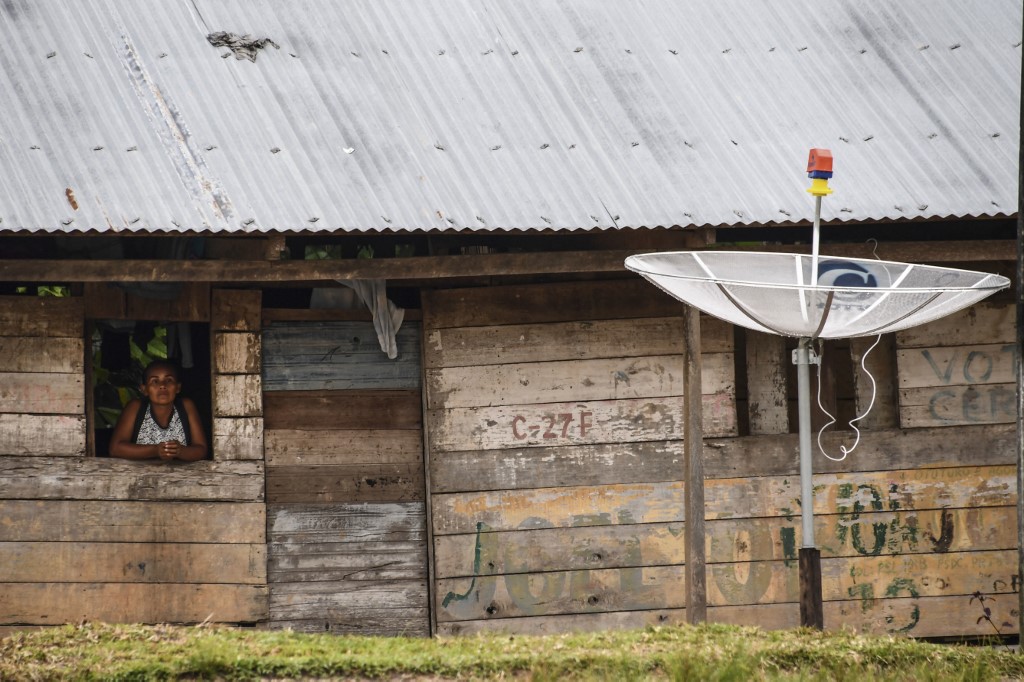
by Florian PLAUCHEUR
Agence France-Presse
CRUZEIRINHO, Brazil (AFP) — Cruzeirinho, a small indigenous village of wooden shacks deep in the Amazon, is nearly empty these days — all but five of its 32 families have fled into the rainforest to escape the coronavirus pandemic.
A week’s trip by boat from there, the inhabitants of the Umariacu indigenous reserve are trying a different strategy against the virus.
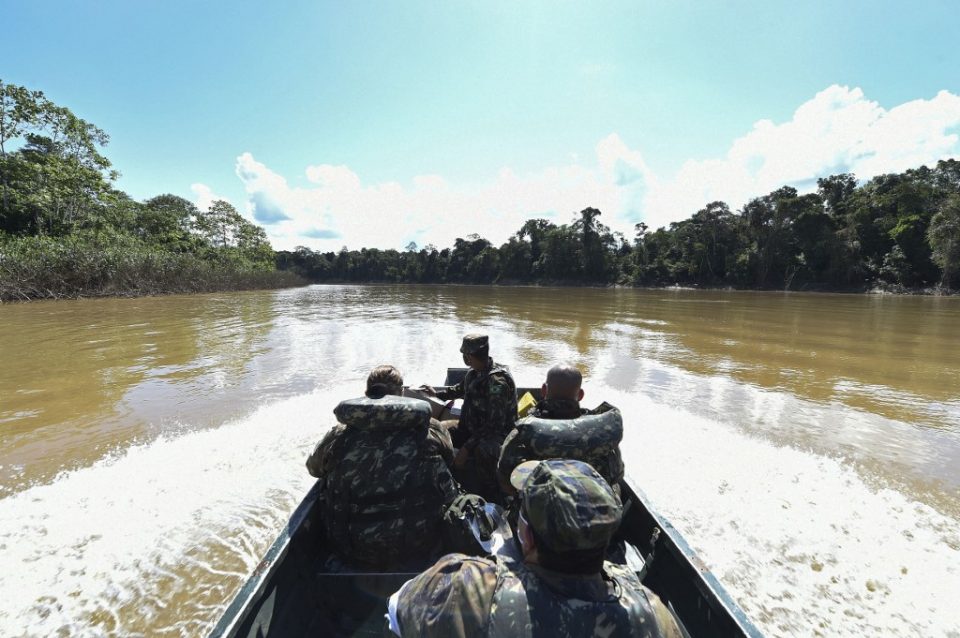
“Attention: indigenous land. Closed for 15 days,” says a hand-painted sign next to a roadblock at the entrance to the reserve, a 5,000-hectare (12,000 acres) territory in northern Brazil near the Peruvian and Colombian borders.
As the new coronavirus has ravaged Brazil, the country with the second-highest death toll after the United States — 51,000 and counting — it has hit particularly hard among indigenous peoples, who have a tragic history of vulnerability to outside diseases.
Isolated tribes have been decimated in the past by diseases such as measles and influenza.
Now, there is widespread fear of the new coronavirus in the Amazon region, one of the areas hit hardest in Brazil.
More than 7,700 indigenous people have contracted the virus in Brazil, and nearly 350 have died, according to the Brazilian Indigenous Peoples’ Association (APIB).
It accuses the government of far-right President Jair Bolsonaro of having “done nothing” to prevent the relentless spread of coronavirus among Brazil’s 900,000 indigenous people.
Many indigenous groups are taking matters into their own hands.
Barrier gestures
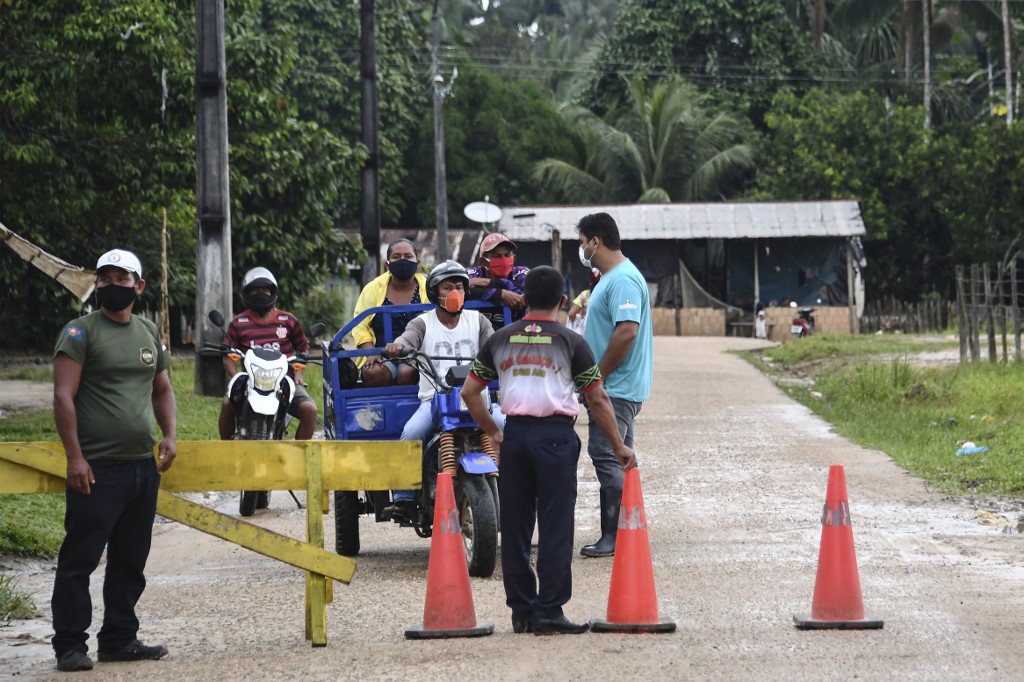
At the Umariacu reserve, the Ticuna people banned outsiders and put up a makeshift roadblock at the entrance to their territory, which sits on the outskirts of Tabatinga, a border city of 65,000 people.
It was a difficult choice, but a necessary one, given the reserve sits near a triple frontier with heavy traffic, said its chief, Sildonei Mendes da Silva.
“This pandemic has been very damaging,” he told AFP, wearing a black face mask printed with the words “indigenous health.”
“We’re 15 minutes from Colombia, and people from there come here to buy our fish, fruit and other things” — a business that ground to a halt with the self-imposed quarantine.
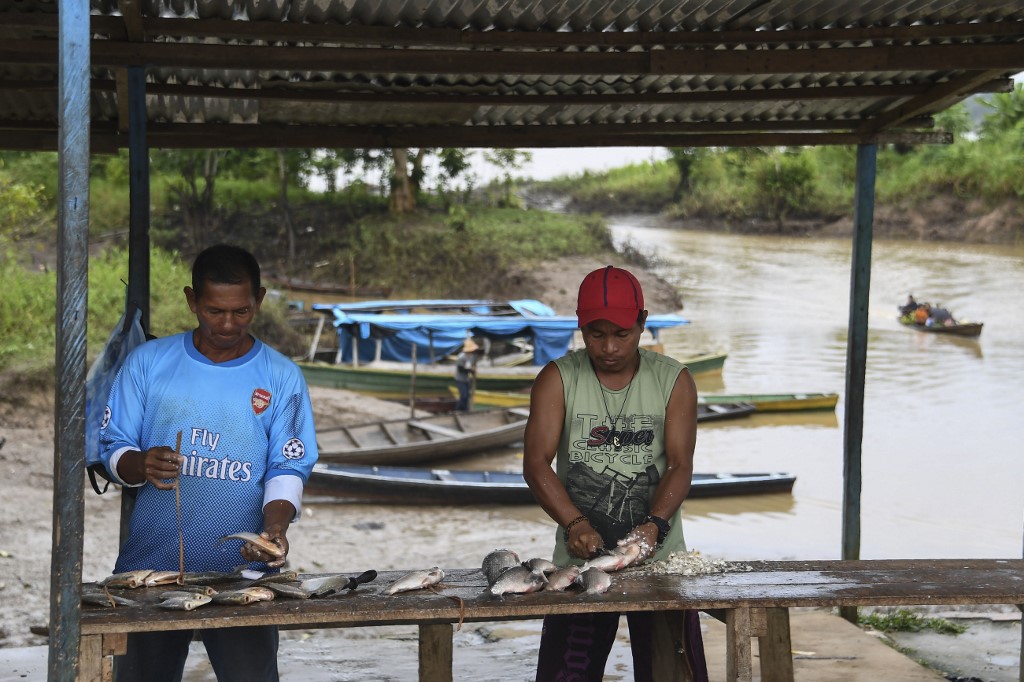
Unfortunately, the measure did not stop the virus entirely. Twenty-four people have been infected on the reserve, and two have died.
At the entrance to the reserve, home to 7,000 inhabitants, the man coordinating Tabatinga’s response to the pandemic, Weydson Gossel Pereira, was monitoring traffic.
“If anyone comes to the roadblock without a mask, we invite them to go back and get one,” he said.
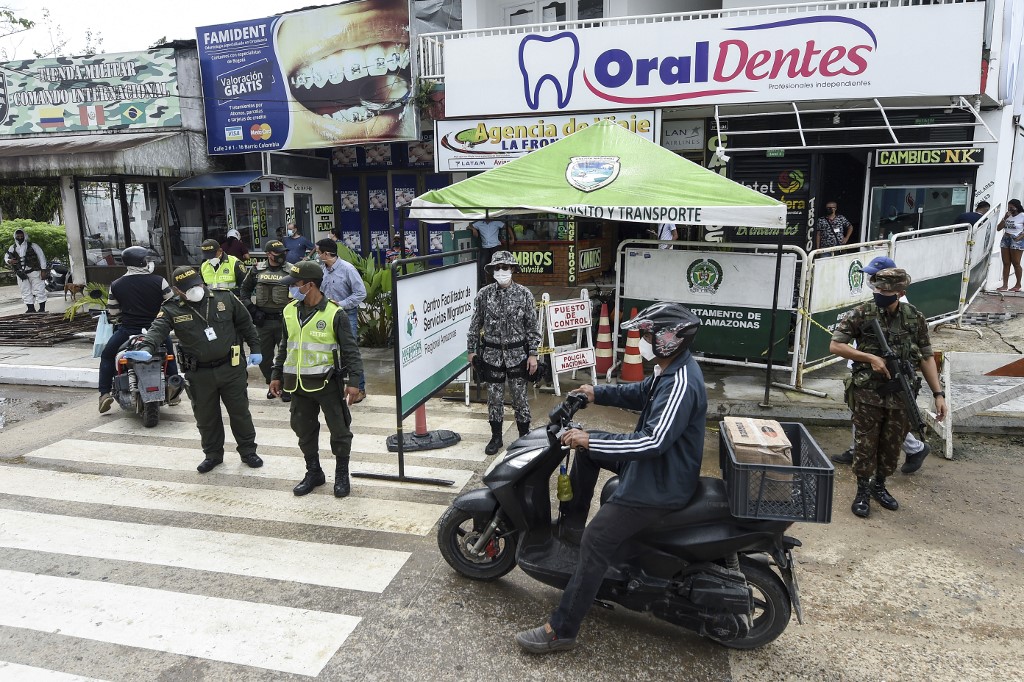
On the reserve, however, masks are rare, and crowds of people could be seen before a mass at the local church, apparently unconcerned with social distancing.
APIB urged younger indigenous community members Monday to stay home when possible, to avoid spreading the virus to older relatives.
“The virus is killing chiefs, elders and traditional healers,” it said.
“The pandemic could cause irreparable damage to our communities’ knowledge of our culture, oral history and natural medicine.”
Into the forest
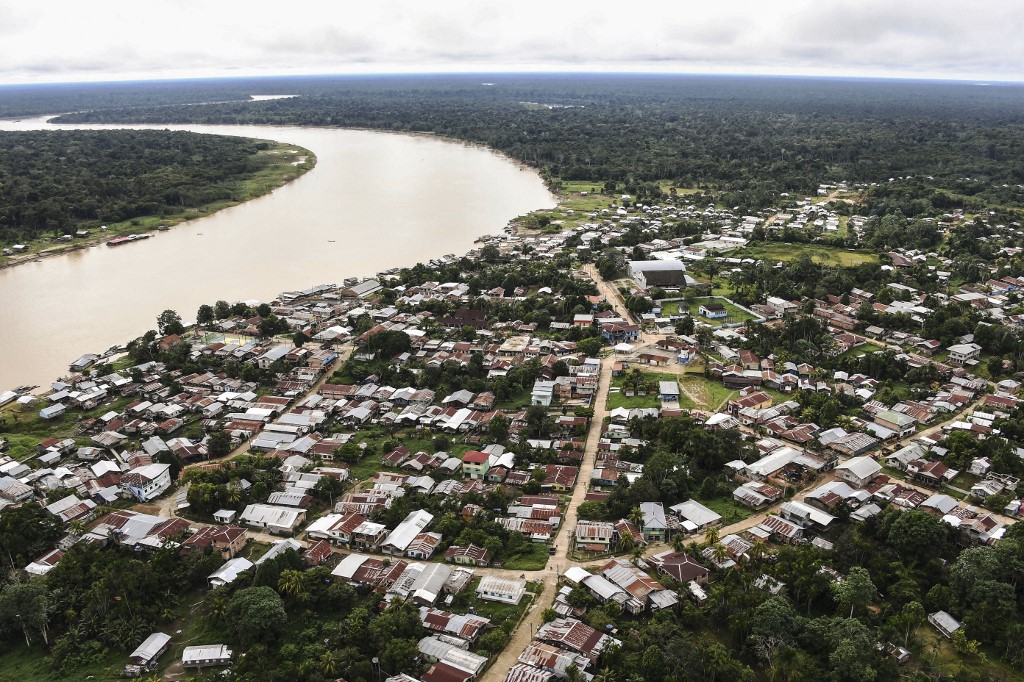
Far up the Javary river, a tributary of the Amazon, the remote village of Cruzeirinho took a different approach.
Rather than lock the world out, most villagers have fled into the jungle.
“There are five families here in the village who didn’t want to leave for the forest. The rest want to take care of themselves and don’t want contact with anyone,” said resident Bene Mayuruna.
A lone pair of chickens roamed behind him in the otherwise silent village, where people subsist mainly on cassava and fish from the river that forms the border with Peru.
The refugees in the forest are not alone.
“We are hearing reports from Peru, Indonesia, Colombia and Brazil of indigenous people fleeing from the coronavirus,” Oyvind Eggen, the head of the Rainforest Foundation Norway, said in a statement in April.
“The corona crisis is creating additional pressure on what is already a very difficult situation for rainforest inhabitants.”
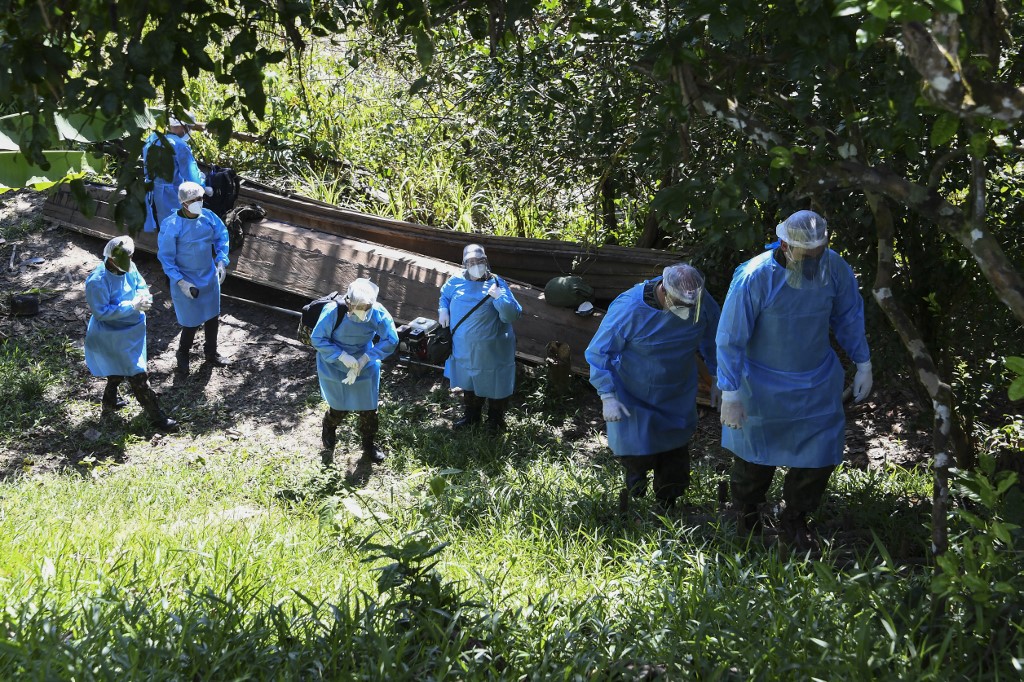
The Brazilian army recently deployed a team of health workers to Cruzeirinho to provide care for the remaining members of the local tribe, the Mayuruna.
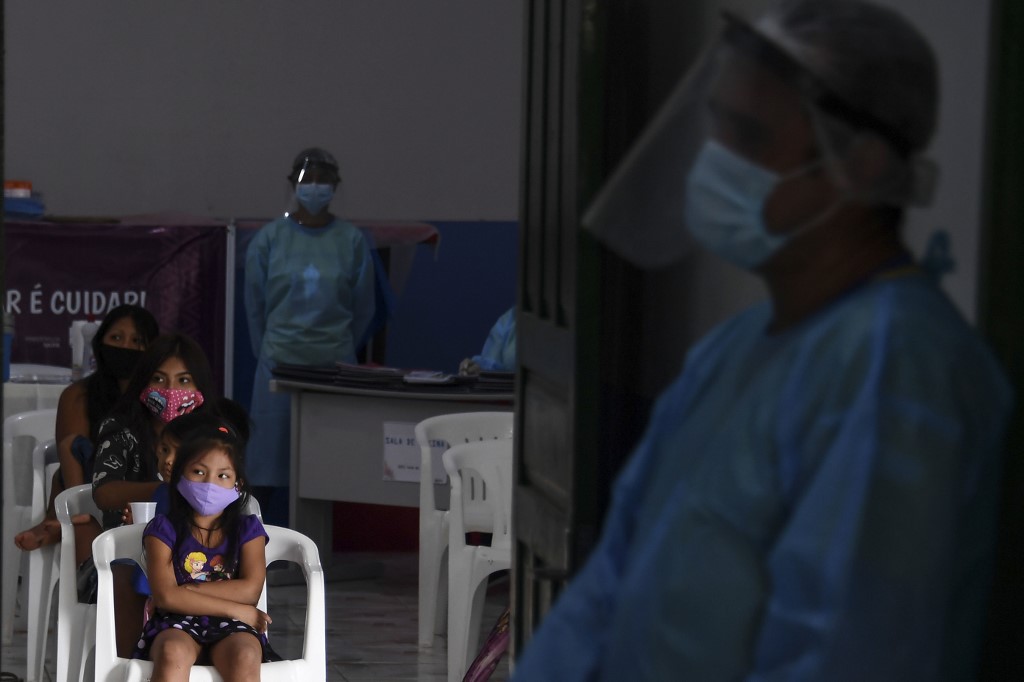
Working with interpreters, they help community members combine their traditional remedies with modern medicine.
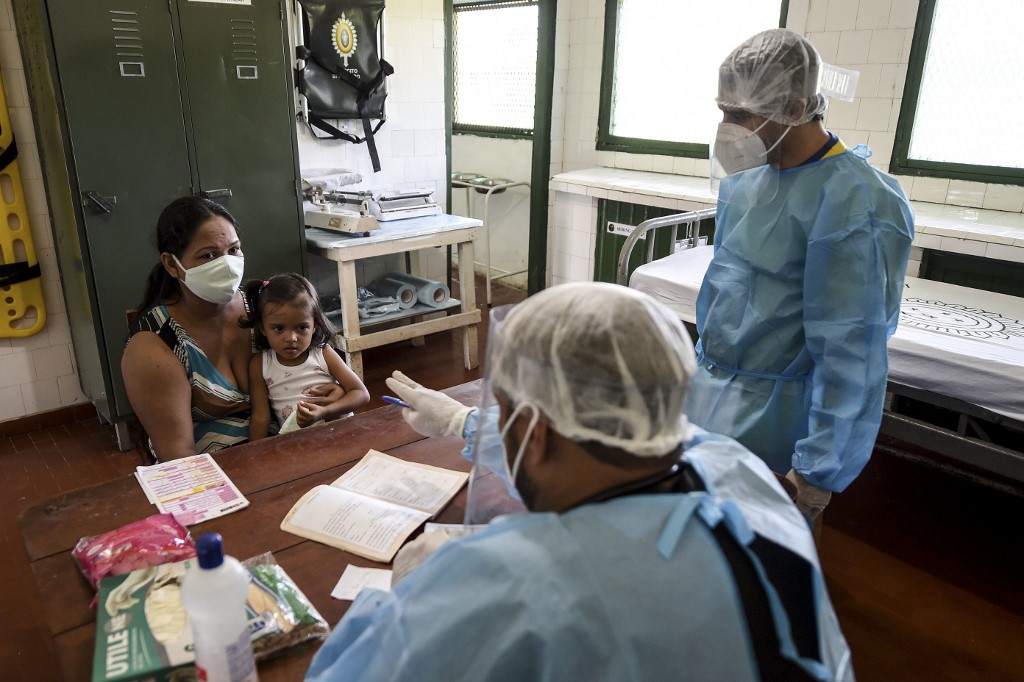
The diagnosis in Cruzeirinho was a hopeful one, for now: no COVID-19 cases were found.
© Agence France-Presse








